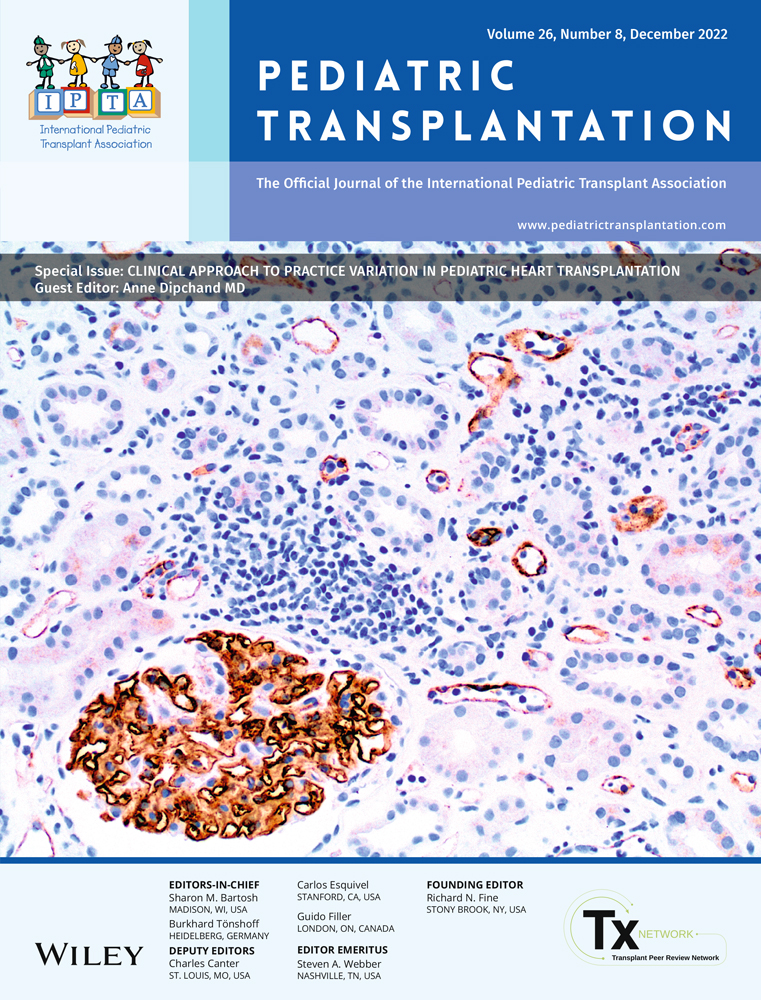Clinical approach to acute cellular rejection from the pediatric heart transplant society
Abstract
Background
Early detection of cardiac allograft rejection is crucial for post-transplant graft survival. Despite the progress made in immunosuppression strategies, acute cellular rejection remains a serious complication during and after the first post-transplant year, and there is a continued lack of consensus regarding its treatment, especially in pediatric transplant patients.
Methods
An open request was placed via the listserv to the membership of the Pediatric Heart Transplant Society (PHTS). Along with a broad literature search, numerous institutional protocols were pooled, analyzed and consolidated. A clinical approach document was generated highlighting areas of consensus and practice variation.
Results
The clinical approach document divides cellular rejection by International Society for Heart and Lung Transplantation grades and provides management strategies for each, including persistent cellular rejection.
Conclusions
Cellular rejection treatment can be tailored to the clinical status, graft function, and the grade of cellular rejection. A case of mild and asymptomatic rejection may not require treatment, whereas a higher-grade rejection or rejection with graft dysfunction or hemodynamic compromise may require aggressive intravenous therapies, changes to maintenance immunosuppression therapy and augmented surveillance.
CONFLICT OF INTEREST
All authors have no relevant conflicts of interest.
Open Research
DATA AVAILABILITY STATEMENT
Data for the manuscript can be found in the sited peer reviewed articles.




